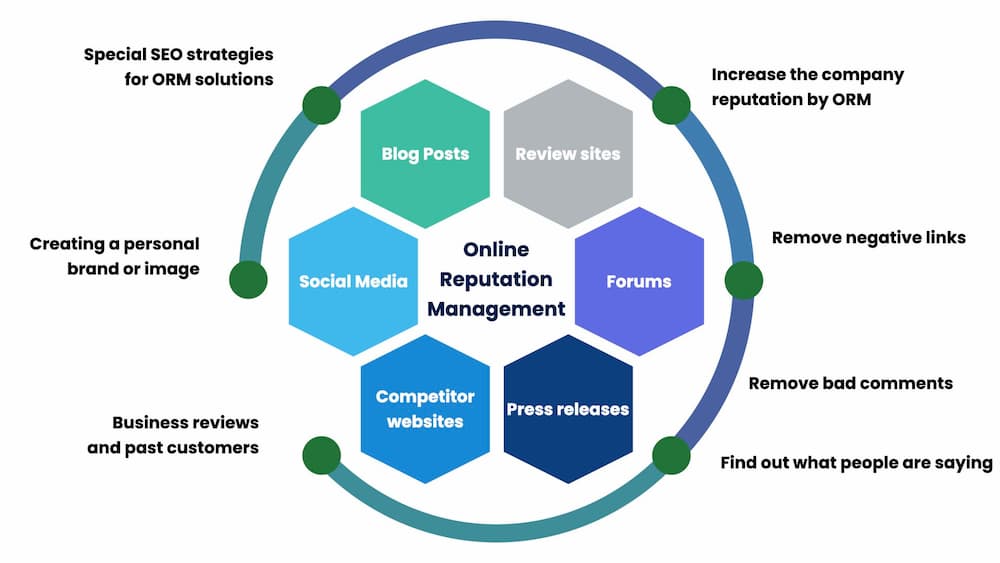Introducing What Is Not Considered a Default Medium in Google Analytics
Introducing What Is Not Considered a Default Medium in Google Analytics
Blog Article
Revealing the Unconventional Mediums in Google Analytics Beyond Default Settings
In the realm of digital analytics, Google Analytics stands as a foundation for businesses seeking to recognize their on the internet visibility. While default settings use valuable insights, truth deepness of comprehending hinge on checking out the non-traditional tools that often go undetected. By venturing beyond the surface area and diving into the complexities of social media information, email campaign performance, referral traffic sources, direct website traffic patterns, and personalized network groups, a treasure of details awaits those going to welcome a more nuanced technique. What exists below these unconventional tools might simply redefine just how companies view and strategize their on-line campaigns.

Leveraging Social Media Site Insights
Sometimes overlooked, yet profoundly valuable, is the practice of leveraging social networks insights within the world of Google Analytics. By integrating information from systems like Facebook, Twitter, Instagram, and LinkedIn right into Google Analytics, organizations can acquire a much deeper understanding of their audience and the performance of their social media campaigns.
Through this integration, online marketers can assess and track individual behavior on their web site that stems from social media sites systems. They can determine which social media networks are driving the most traffic, which web content is resonating with the audience, and which campaigns are converting one of the most leads. This understanding enables for data-driven choices to enhance social media approaches and boost overall advertising performance.
In addition, by integrating social networks understandings with Google Analytics, companies can create a lot more targeted and personalized projects - what is not considered a default medium in google analytics. They can make use of market info, interests, and online behaviors collected from social networks to refine their target market division and provide tailored messages that reverberate with specific client groups. This targeted technique can result in higher engagement, enhanced conversions, and ultimately, boosted return on investment
Revealing Email Project Efficiency
Revealing Email Project Efficiency includes analyzing key metrics and efficiency signs to assess the efficiency of email advertising efforts. When delving into e-mail project efficiency, it is important to examine metrics such as open rates, click-through prices, conversion prices, and unsubscribe prices. Open rates suggest the percent of recipients that opened the e-mail, providing understanding into the effectiveness of subject lines and sender names. Click-through prices gauge the portion of recipients that clicked web links within the e-mail, showing engagement degrees. Conversion rates track the percentage of recipients that completed a preferred activity after clicking on a link in the e-mail, such as signing or making a purchase up for an e-newsletter. Unsubscribe rates highlight the number of recipients that chose out of obtaining additional e-mails, shedding light on email material top quality and importance. By assessing these metrics, marketing professionals can fine-tune their e-mail campaigns for much better engagement and performance.
Analyzing Reference Website Traffic Sources
After evaluating the performance of email projects via key metrics such as open rates and conversion rates, the next important action is assessing reference traffic sources in Google Analytics to understand where site visitors are originating from and exactly how they connect with the website. Reference website traffic resources describe the internet sites that route customers to your site through clickable links. By diving right into this information, organizations can obtain understandings right into which outside systems are driving web traffic to their site, whether it be social media sites platforms, companion internet sites, or on-line directory sites.
It assists organizations determine high-performing reference sources that add dramatically to web site traffic and conversions. Google Analytics supplies in-depth records on recommendation website traffic, permitting businesses to track the efficiency of each referral resource accurately and make data-driven decisions to boost their online presence.
Exploring Direct Web Traffic Patterns
Discovering the straight website traffic patterns in Google Analytics provides important insights right into individual actions and the effectiveness of campaigns - what is not considered a default medium in google analytics. Direct traffic refers to visitors who arrive at a web site by straight inputting the link into their browser, using bookmarks, or clicking untagged web links. Understanding direct traffic patterns can help marketing professionals review the influence of offline advertising and marketing initiatives, brand name acknowledgment, and the performance of word-of-mouth references
By diving into direct traffic data, businesses can reveal crucial details concerning user intent and brand commitment. Assessing the actions of straight visitors, such as the pages they see, the moment spent on site, and the conversion price, can give a much deeper understanding of user interaction and the overall performance of the web site in converting visitors more helpful hints right into clients.
Furthermore, tracking straight website traffic patterns in time allows organizations to recognize fads, seasonality results, and the success of particular campaigns or promos in driving direct visits. This details can then be made use of to fine-tune marketing approaches, enhance website web content, and boost the overall customer experience to make best use of conversions.
Using Custom Network Groupings
Utilizing custom-made channel collections in Google Analytics allows services to categorize and examine their web site traffic based upon specific requirements, providing useful understandings for enhancing advertising and marketing techniques. Custom-made channel collections make it possible for companies to develop their own tailored groupings of web traffic resources, such as social media, organic search, e-mail projects, and referral web traffic. By specifying these groups, companies can get a much deeper understanding of exactly how various marketing channels add to their internet site web traffic and conversions.
This feature is especially beneficial for organizations with varied advertising approaches across various platforms. A company running both paid and organic social media campaigns can distinguish between the Full Article two to evaluate their private performance precisely. Furthermore, customized network groups can aid recognize any ignored or undervalued website traffic resources that might be driving useful interaction.
Final Thought

By venturing beyond the surface area and diving right into the complexities of social media data, e-mail campaign efficiency, referral website traffic sources, straight traffic patterns, and customized network collections, he has a good point a prize trove of details awaits those ready to embrace a more nuanced technique. They can recognize which social media channels are driving the most traffic, which material is reverberating with the target market, and which projects are transforming the most leads.After assessing the efficiency of e-mail projects through essential metrics such as open rates and conversion prices, the following crucial step is evaluating reference website traffic resources in Google Analytics to understand where site visitors are coming from and how they engage with the website. Personalized network groups make it possible for companies to create their own customized groupings of traffic sources, such as social media, organic search, email campaigns, and referral traffic. By leveraging social media understandings, revealing email project efficiency, assessing reference website traffic resources, discovering straight web traffic patterns, and using customized channel groupings, marketing experts can obtain useful understandings into their online presence.
Report this page